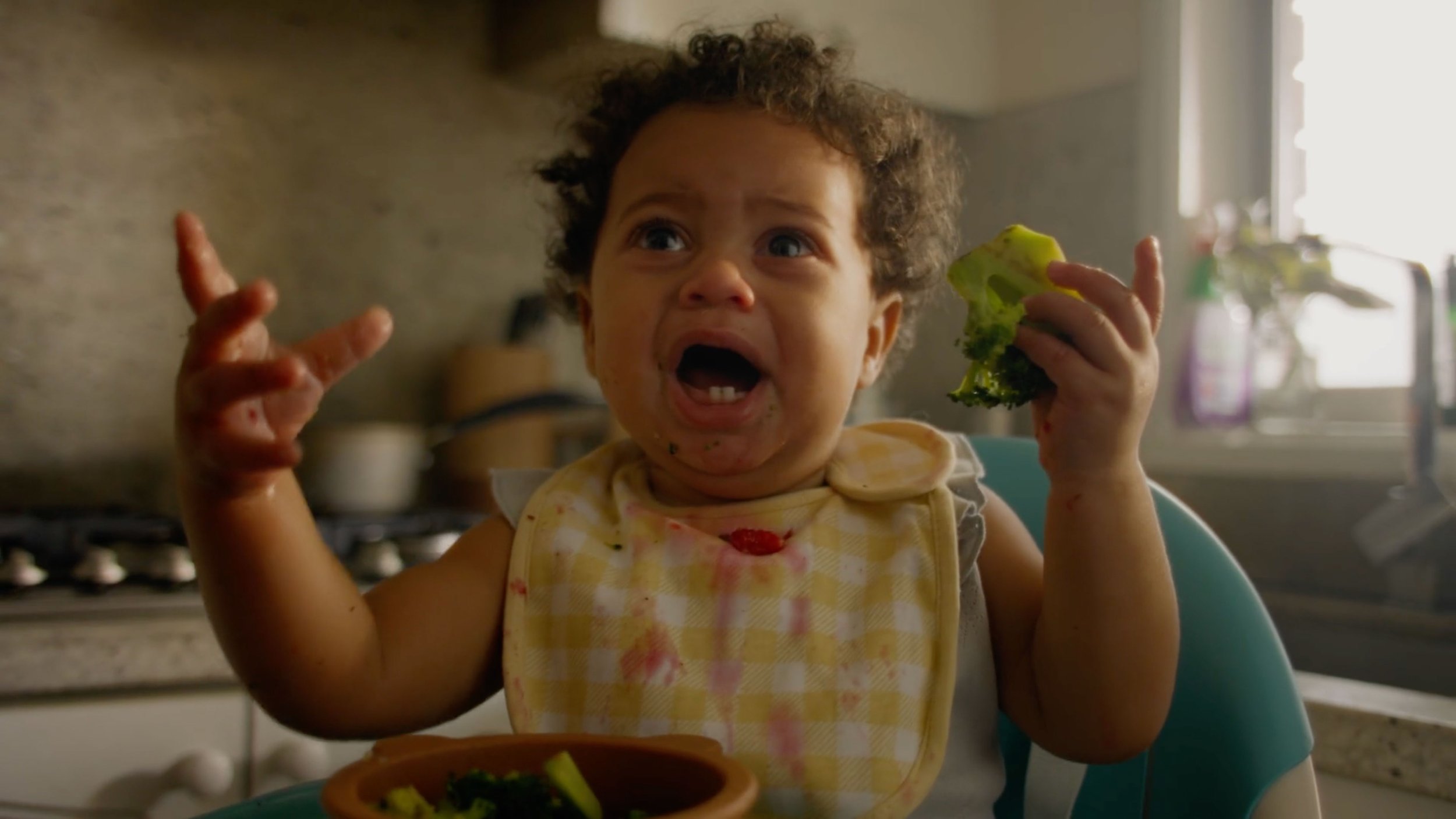We’ve all heard the saying in production: never work with kids and animals.
But at Eric, Tom & Bruce, we adore working with tiny humans and furry friends.
You might not always get what’s in the storyboards but what you will get is something so much greater. Moments you can’t script or block. Golden moments that happen because you’re working with talent who are entirely present.
But the key to working with kids and animals is approaching the shoot in a completely different way.
Here are some of our top tips:
1. Casting is everything.
This is true to every piece of content, but how you cast kids and animals differ from adults. You’re looking for talent who can adapt quickly to different environments.
When casting our Woolworth’s Little One’s commercial, we ran detailed questionnaires with our bubs parents. Can they sleep somewhere they’ve never been? Can they sleep with lights on? What are they like around strangers? Knowing your cast can cope in an unfamiliar environment is just as important as how gorgeously charming they are.
From the moment the talent arrives on set, pretend the camera’s rolling. Even the most experienced and well-behaved bubs and animals can easily be startled. So creating a safe, quiet space on set is integral. Before the cast arrives, dress and light the space so when they get there, most of the crew can clear out. You want to guide the talent into a calm space they can claim as their own. Once they’ve settled, then you introduce the camera.
2. Quiet on set!
When the camera’s in, just keep rolling. You never know when they’re going to give you cinema gold. You might have to tail slate but trust us, it’s worth it because not all animals or kids will wait for action. You need ultra-quick reflexes when working with these little guys because they’ll likely do something brilliant when you call cut.
3. Roll, Roll, Roll.
Kids and animals are unpredictable, so patience is key (especially if you need them to sleep). When putting together a shooting schedule, pre-empt all the possible scenarios that may set you off course and try to solve them before you get to set. Here are some great ways to prepare for the unknown.
A. Have back up babies/animals on set, on stand by.
B. Schedule around your talents daily routines. If you need a dog to lounge around, try to schedule this later in the day so they can have a decent walk beforehand or squeeze in a nice morning stroll. If you need a baby to sleep, schedule it around their current sleep routine. This can get tricky when working around multiple babies/animals schedules, but it will pay off.
C. Have a backup schedule for scenes you can pick up. For instance, if a baby is taking a very long time to fall asleep, what other scenes can you capture in the meantime?
4. Be prepared to wait.
Treat your rushes like you’re panning for gold. This is especially the case for animals. You could find the perfect 3-second reaction hidden within a 5-minute take. So go through the rushes with a fine-tooth comb.






